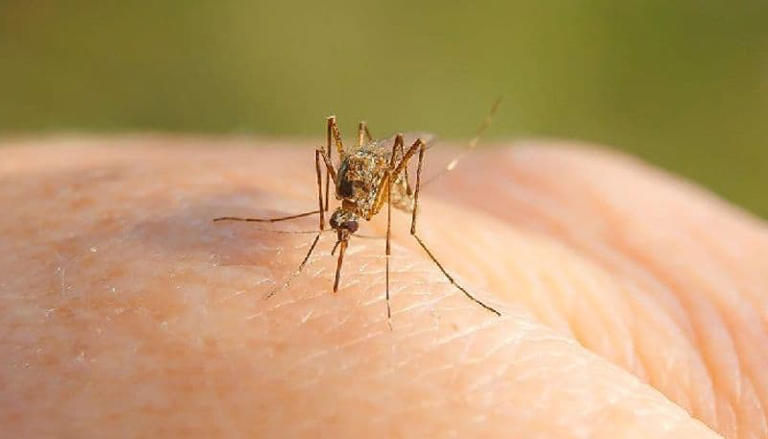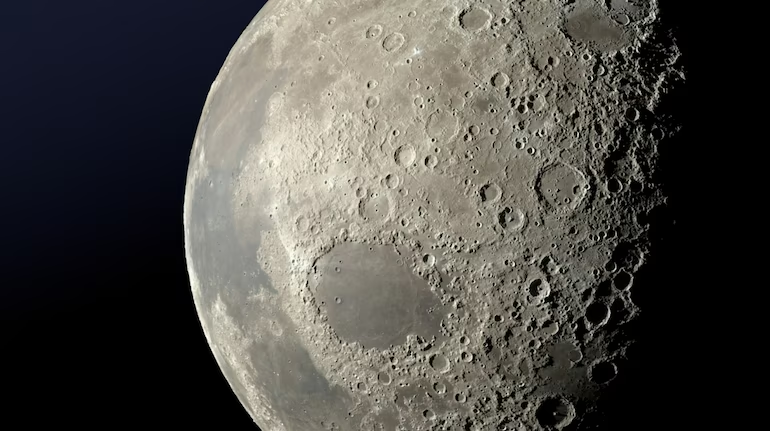- The Kerala government reported the resurgence of West Nile disease cases in Thrissur, Malappuram, and Kozhikode districts.
- West Nile fever was initially identified in Kerala in 2011, with a fatal case reported in 2019 involving a six-year-old from Malappuram.
What is West Nile Fever?
- West Nile fever is caused by the West Nile Virus (WNV), which spreads by bites from infected Culex mosquitos.
- WNV is a mosquito-borne, single-stranded RNA virus.
- According to the World Health Organisation, it is a flavivirus from the Japanese Encephalitis antigenic complex in the Flaviviridae family.
How is it spread?
- Infected mosquitoes transmit the virus between humans and animals, particularly birds, which serve as the virus’s reservoir host.
- Mosquitoes become infected after feeding on infected birds, which carry the virus in their bloodstream for a few days.
- The virus finally enters the mosquito’s salivary glands.
- During subsequent blood feasts (when mosquitos bite), the virus may be transferred into people and animals, where it can grow and potentially cause sickness.
- WNV can also spread by blood transfusions, transmission from an infected mother to her child, or laboratory contact to the virus.
- It is not known to spread through contact with sick people or animals.
Symptoms of WNV infection:
- WNV infection causes no symptoms in 80% of cases.
- The rest get West Nile fever, sometimes known as severe West Nile illness.
- In 20% of instances, symptoms include fever, headache, tiredness, body pains, nausea, rash, and swollen glands.
Source: https://www.indiatvnews.com/health/west-nile-fever-cases-in-kerala-know-causes-symptoms-and-prevention-tips-of-this-mosquito-borne-disease-2024-05-08-930190#:~:text=The%20fever%20was%20first%20detected,the%20fever%20in%20Thrissur%20district.










